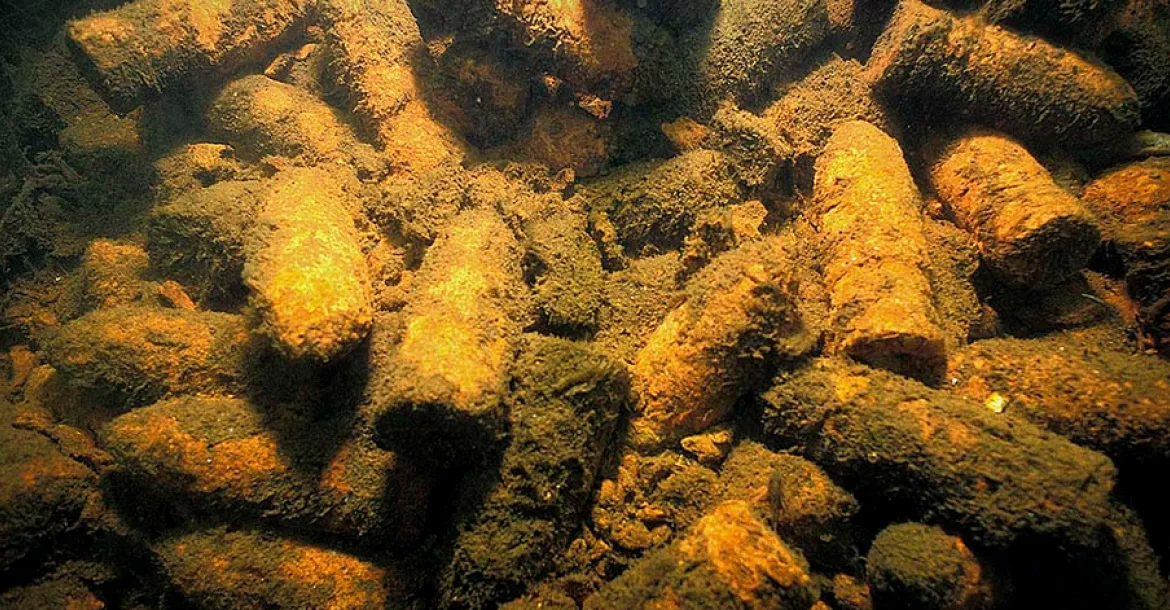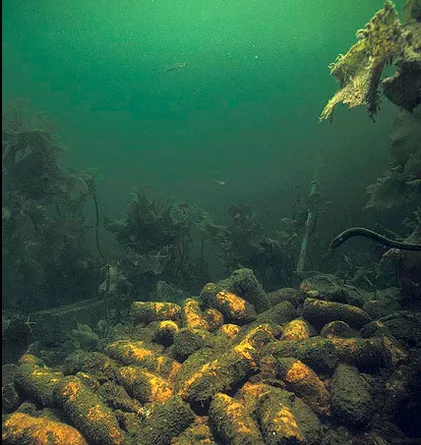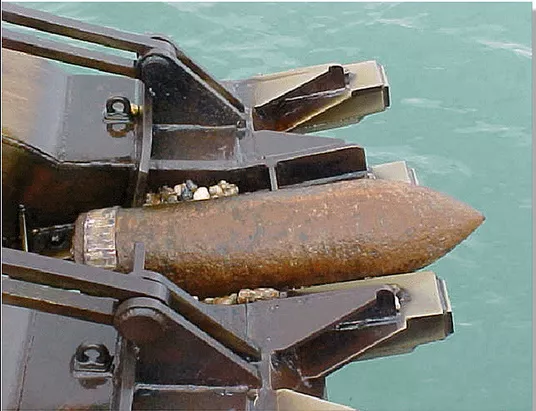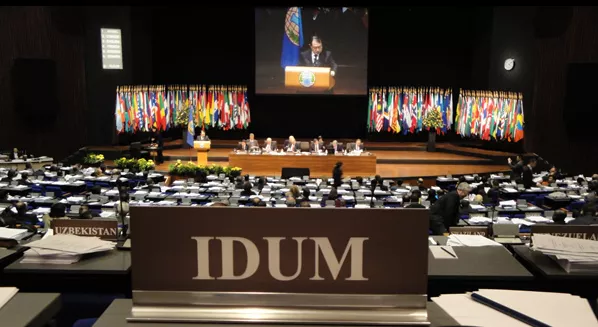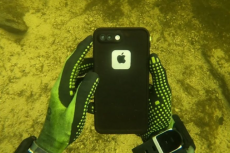The Oceanic Time Bomb | an update
Terrance Long, the chairman of the International Dialogue on Underwater Munitions (IDEM) is petitioning the United Nations Secretary General to “Call for an immediate United Nations Conference on Underwater Chemical, Radiological and Conventional Weapons dumped at sea to create a binding Treat for the environmental, friendly clean-up of our ocean and seas.”
Terrance P. Long, founder and chairman of the International Dialogue on Underwater Munitions is petitioning the United Nations Secretary General to “Call for an immediate United Nations Conference on Underwater Chemical, Radiological and Conventional Weapons dumped at sea to create a binding Treaty on for the environmental, friendly clean-up of our ocean and seas.”
Using oceans as dumps
Last year, X-ray magazine published my summary on how governments and industries around the globe have been using the oceans to dispose of the hazardous and toxic wastes that became a problem on land. With an out-of-sight, out-of-mind attitude, the most hazardous and toxic constituents ever created have been dumped off shore rather than recycled, or elementalized into benign elements. This has been done globally, often secretly, often carelessly, often without keeping records, so that now, the actual locations of the dump sites are in most cases unknown.
War munitions have also been dumped in unexpected quantities in oceans around the world, most of them off the coasts of the United States and Europe. The quantities in many cases involve hundreds of thousands of tons of toxic chemicals.
[video:https://www.youtube.com/watch?v=wW76ha24QhA]
IDUM is the organization working to find a way to clean these munitions up.
Its mission statement reads: "to promote the creation of an internationally binding treaty on all classes (biological, chemical, conventional, and radiological) of underwater munitions. This treaty would encourage countries to collaborate on underwater munitions policy, research, science, and responses including environmentally-friendly remediation in affected regions."
Their petition to the United Nations requires the support of all who are concerned about life in the sea.
Barrels washing up
This massive hazardous waste disposal has been going on for centuries, but it has dramatically increased in volume and toxicity in recent decades. Further, since the second world war, radioactive waste has been added to the toxic pile, and in many cases these barrels are already leaking. Such barrels are washing up on the coast of Somalia, and are known to lie off San Francisco, and in the English Channel, as well as other locations. Adding to the problem are pipes in Sellafield, UK, and La Hague, France, which simply carry radioactive waste from nuclear plants directly into the ocean; nuclear submarines that have been accidentally lost still lie on the floor of the north Atlantic ocean, their nuclear reactors still in place.
Underreported disposal of toxins
While the more dramatic pollution accidents, such as Fukushima, gain attention in the media, some experts feel that it is the secret and under-reported disposal of radioactive waste and other toxins that is more dangerous, and now threaten the oceans' capacity to adequately dilute it.
Yet, this aspect of oceanic pollution has been under-reported, and difficult to research, in spite of growing concern about marine health. All life originated in the oceans, and water forms the basis of life. The system through which water circulates by evaporating from the oceans, falling as rain, running into rivers, and flowing back to the oceans, is the key life-supporting system of our planet, and the oceans furnish about eighty percent of the oxygen in our atmosphere.
Coastal regions most threatened
The oceanic ecosystems fringing the land, where the sun penetrates to the seafloor and supports the rich communities we visit by diving, are particularly threatened. Those shallow waters along the shores and on the continental shelves, are home to a high fraction of oceanic life, and it is in these regions that many shark species have established nurseries, or pupping grounds. They, along with countless other species that depend on the shallows for part of their life-span, are most threatened by possible future leaks. Heavy concentrations of hazardous waste roll into the shore in waves, concentrate along the shorelines, and poison them.
The barrels of hazardous, toxic, and radioactive waste lying off shore constitute a ticking time bomb. Government and industry did not know what to do with such hazardous compounds when they created them, and now the effect on oceanic life as a result of their irresponsible practice is not known. But, they are in our water system, and when this bomb goes off, it is feared that it may well bring about the planet's worst progressive extinction cascade so far.
We could fix it
The technology required to locate, retrieve, and clean up these sites is available! It has been found by industry and government, but the willpower necessary to address the problem will not arise as long as the public remains unaware of the full extent of the problem, and fails to demand action. Information regarding local areas needs to be brought to the attention of the appropriate authorities, so that the necessary processes can be set in motion to finally clean the mess up.
That is why it is so important that you add your voice to this call to action, and help to build the momentum required for cooperative international work to start on this alarming problem.
(c) Ila France Porcher
Click here to sign up for my newsletter
Author of "The Shark Sessions"
- Log in to post comments

